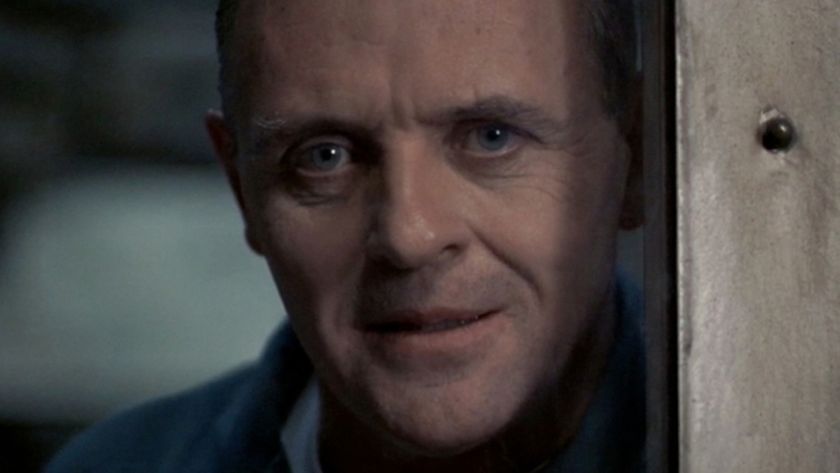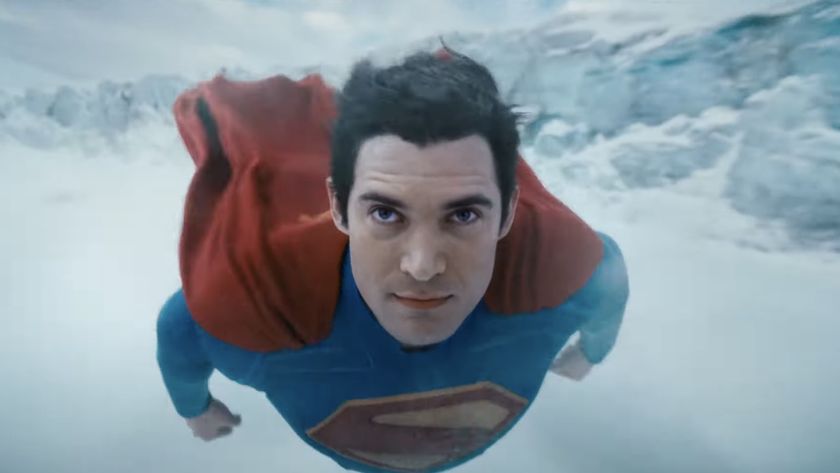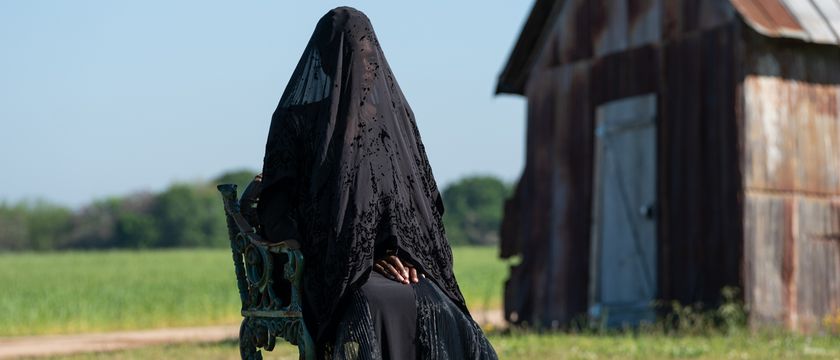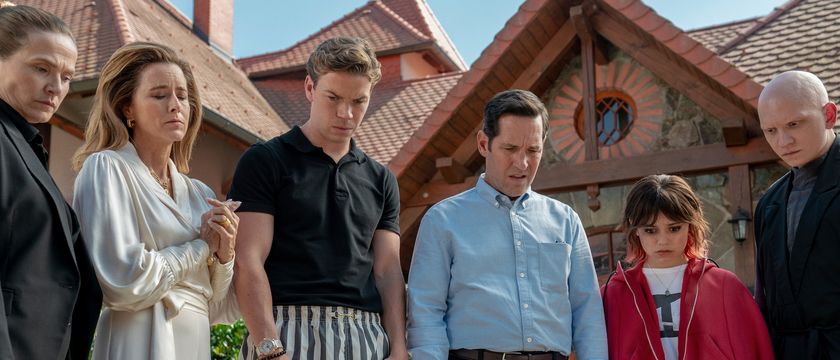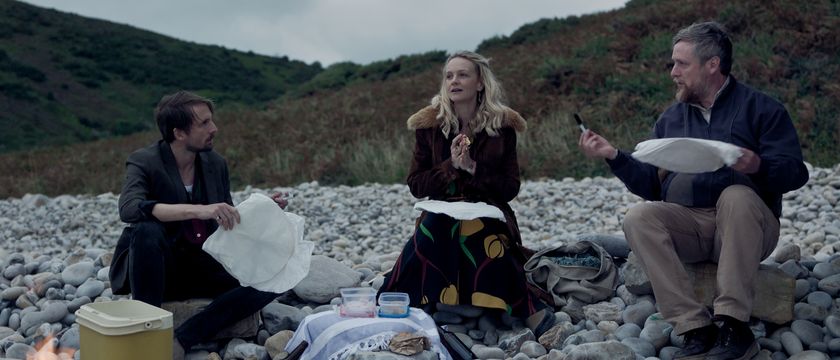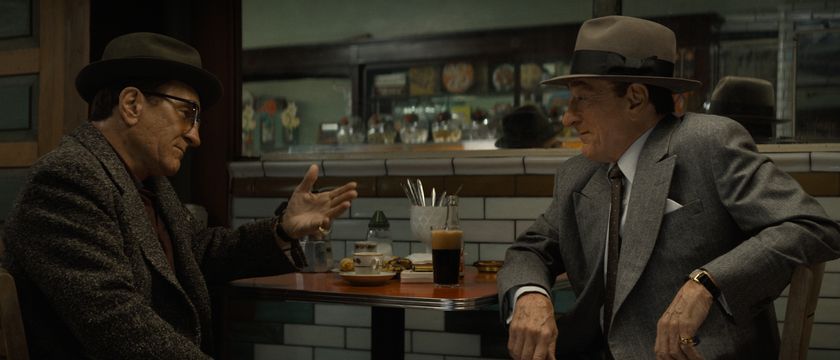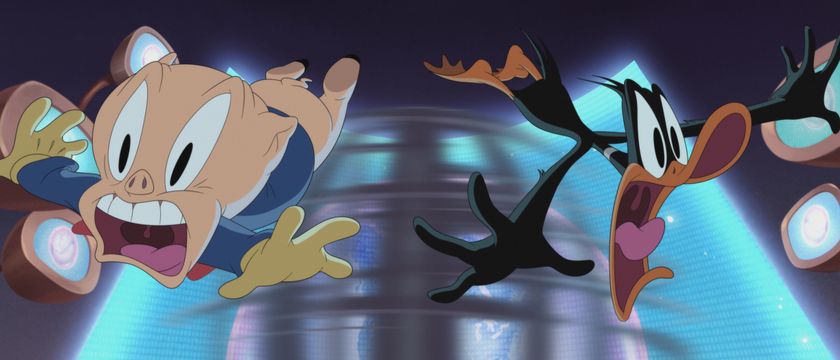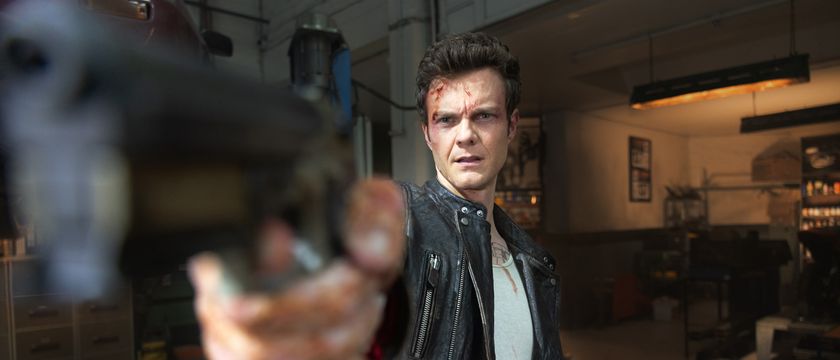Stephen King calls Pet Sematary his scariest book. He almost didn’t publish it, leaving his manuscript for the back-from-the-dead horror narrative in a desk drawer for years after he finished it because he feared that with this story, he’d finally gone too far. He’s not too far off. Pet Sematary is a difficult read, a morose and challenging meditation on death and loss – the worst type of loss, too, in the death of a child. And not just that, but what would you do if you could bring someone back from the dead, even if you know that they won’t be exactly the way they were before.
Any adaptation of King’s novel has certain beats that it needs to hit, and like the 1989 version that precedes it, the new Pet Sematary largely lands all of the necessary moments (while making a few bold changes that mostly work to the film’s benefit). What you get from this new Pet Sematary is a darker, more cynical and unnerving meditation that cuts a few story corners but takes surprising risks that, sacrilegious as this sounds, improves on the ending of King’s own book and will have loyal fans debating its impact for weeks after viewing.
As happens in the novel, the Creed family has moved from the city to the rural outskirts of Maine. Louis (Jason Clarke) takes a job at a college campus health ward, while Rachel (Amy Seimetz), young daughter Ellie (Jete Laurence) and adolescent Gage (Hugo and Lucas Lavoie) settle into their new country lifestyle. One drawback to their new abode is that it rests on the lip of a very busy road, where powerful trucks zoom by night and day. (The use of sound to turn the trucks into speeding monsters is the first of many effective twists added by filmmakers Kevin Kolsch and Dennis Widmyer.)
The Creeds make quick friends with the neighborly Jud (John Lithgow), a local since birth, but the rest of their assimilation isn’t quite as smooth. Louis ends up being haunted by a student he can’t save from a head injury. And the family’s cat, Church, winds up a victim of the zooming trucks, potentially setting up heartbreak for Ellie.
But there’s a supernatural solution. Behind the Creed home lies a patch of land known as the “Pet Sematary,” where family pets are buried… and says later, they come back. They’re not the same. They’re broken. Dead inside, even. But they are back. So, is the cost worth it?
This is the driving debate behind Stephen King’s original work, and the author is happy – almost giddy – to take that discussion to some incredibly dark places. So, too, are Kolsch and Widmyer, who embrace the pain and hurt that comes with death and unexpected loss. Rachel also hasn’t moved past the death pf her sister, Zelda, at a young age. And this new Pet Sematary ramps up the presence of Zelda, with her twisted physical deformities, to squeeze fresh scares out of the storyline.
Eventually, though, Pet Sematary gets to the mic drop in King’s story, and that’s the death of a Creed child. Only, it’s not Gage – as was the case in the book and the first movie. This time, it’s Ellie who dies in the road on her birthday, plunging Louis and Rachel into the depths of despair, despite the twisted glimmer of hope that exists in the ancient burial ground.
Listen, you don’t call a movie Pet Sematary without using the pet cemetery to its full extent. And this movie makes great use of the dark premise at its disposal. Kolsch and Widmyer make use of jump scares when they are earned, developing some important characters so that their fates are felt. Church is the proper abomination, meant to be a warning to Louis not to go the full length when it comes to the pet cemetery. And Ellie is an effective change to the story, as she’s able to give a wounded and confused performance when the deed is done by her father.
Where Pet Sematary lacks, for me as an avid King reader, is in the absence of Jud’s wife Norma – who gives the story the perfect excuse for Jud to introduce Louis to the burial ground in the first place. Original Pet director Mary Lambert also removed this crucial character back in 1989, and I hoped that Kolsch and Widmyer would correct that mistake. They don’t.
Also, Jason Clarke struggles to connect to the true lunacy that Louis endures on his dark descent into madness. His performance is more low-key and subdued than I anticipated, as he chooses to play Louis grief as internal. The rest of the cast wallows properly, with Amy Seimetz giving a memorably haunted turn as a mother shocked by too many tragedies, and not really able to process the depths to which King’s story plunges.
Pet Sematary, as a story, isn’t for everyone. It’s dark and sad, heartbreaking and complicated. But for fans eager to venture to the hallowed ground of King’s novel, this adaptation is a worthy and unsettling tour guide through the mind caverns of King.

Sean O’Connell is a journalist and CinemaBlend’s Managing Editor. Having been with the site since 2011, Sean interviewed myriad directors, actors and producers, and created ReelBlend, which he proudly cohosts with Jake Hamilton and Kevin McCarthy. And he's the author of RELEASE THE SNYDER CUT, the Spider-Man history book WITH GREAT POWER, and an upcoming book about Bruce Willis.

